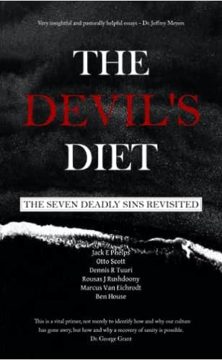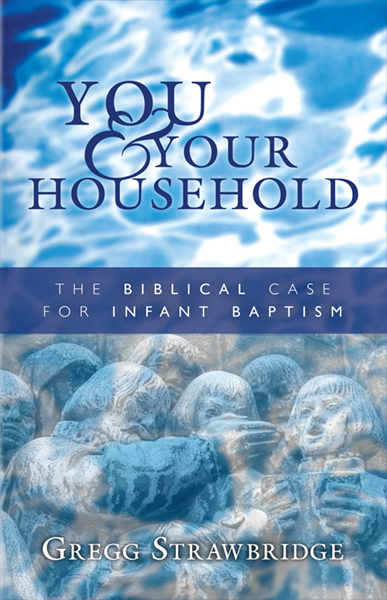by Marc Hays
Over a year ago, I stopped yelling at my children. The urge to vent my displeasure became increasingly distasteful until I could hear myself snap at them just before I did it. Whatever the child had done, whatever infraction had occurred, ceased to kindle my ire like the thought of hearing myself lash out at them. Accompanying this conviction, my sin decreased. Go figure. It is encouraging to no end for a man to see that the deeds of his flesh can be mortified as Scripture says they must and for a man, alive in Christ, to experience the Holy Spirit at work, bearing good fruit on formerly dead limbs.
As my desire to shout the fear of God into my children waned, I found an increasing zeal to see my children flourish. Replacing the idle threats about their doom, should they fail to mend their ways, was an increase in instruction concerning righteousness and sin; wisdom and foolishness; repentance and forgiveness. I yell less, if at all, which is good, and instruct more, which is better still, but as with most virtues, too much of a good thing is no longer a good thing.
I’ve found that my new virtue has become my new vice, for at some point a father’s instruction becomes a father’s lecture, which at yet another point becomes a father’s tongue-lashing. I am quick with my mouth and hasty in my heart, therefore my words can in no way be described as “few.” Quick with my mouth—speaking before thinking, and hasty in my heart—not patient enough to raise them over a lifetime, wanting to accomplish it all at once. As I lecture, and lecture, and lecture some more, I can see that they go from being instructed, to being irritated, to being bored—anxious to get back to the life that comes at the end of my soliloquy.
If my verbal instruction merely waxed long, there would be less of a problem than there actually is, because along with this extended scolding comes an explicit scowling. My voice is calmer than it once was; I’ve learned to keep the decibels down, which prevents the veins in my neck from popping out as far, but I know that my face tells the story of a dad who is not remembering his own sin at that moment, a dad who is not treating his children the way he wants to be treated, a dad who is not loving his neighbor as himself.
If Jesus is King over every square inch of creation, which He is, then wouldn’t that include every square inch of my face as well? Can I be serious about sin without scowling about it? Can I handle my children’s sin biblically without acting like they’re the first ones to ever do it? Does it help for me to act like I’m surprised that they don’t do everything right all the time, or that they committed this particular household crime again?
Love is patient. Love is kind. It does not behave itself unseemly. It is not rude.
God is patient. God is kind. He does not behave himself unseemly. He is not rude.
When it comes to raising our children in the fear and admonition of the Lord, are we patient? Are we kind? In disciplining our children, do we behave ourselves in a way that would be embarrassing for anyone else to see? That would be unseemly. Even if we’ve stopped yelling, do we berate them with our words? That would be rude.
Children are to respect and obey their parents; parents are to respect and disciple their children. To put it technically, the economic relationship is different, but the ontological relationship is the same. Parents must correct; parents must instruct. Children must take heed; children must amend their ways. This economic reality is one of complementary difference, but ontologically—in our being—we are exactly the same as our children. We are no more image-bearers of the triune God than they are. We are exactly the same in our being—identical.
It is this identity that makes the whole parenting thing work. Can a wolf raise a Mowgli? Probably. Can a wolf identify with a Mowgli? Barely. Can we identify with our children’s struggles and temptations? Yes, indeed. Can we long for their sanctification as we long for our own? Definitely. Can we stop lecturing long enough to think about how we would like to be treated? Can we remember how it feels to be scolded so that we keep our scolding at a minimum and our patient, kind instruction at a maximum? In Christ, empowered by His Holy Spirit, we can, and we must.
Love is patient. Love is kind. It does not behave itself unseemly. It is not rude.<>как продвигать недвижимости
Read more


























